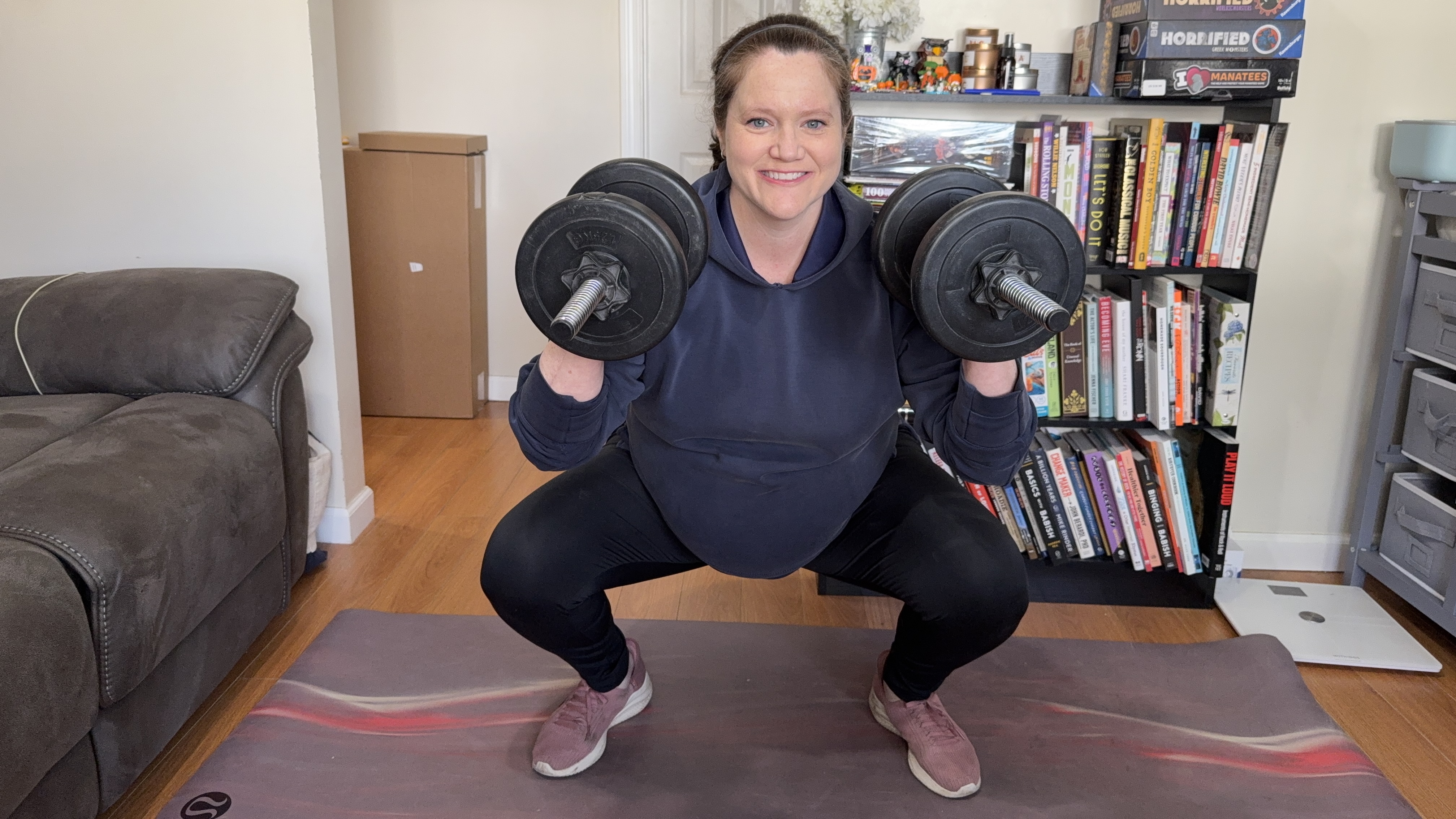These six unhealthy eating habits are caused by the COVID-19 pandemic
The pandemic has exacerbated unhealthy relationships with food by causing stress which drives us to eat


The COVID-19 pandemic's impact on our health can't just be measured by the amount of people who actually catch it. For over a year, we've all been (hopefully) staying indoors, meeting safely if we can and staying isolated if we can't. Consequently, COVID has inflicted a sedentary, solitary lifestyle on many people, impacting our waistlines, our mental health, and our diets.
Some of us have managed (somehow) to keep on top of things, using supplements like the best protein powder for weight loss to stay trim during COVID, in conjunction with home HIIT workout classes and running. However, for many, the lack of exercise and background stresses of the pandemic can warp our relationships with our diet.
One study, published by researchers at the University of Minnesota Medical School, looked at the impact COVID-19 had on eating disorders, and how our behaviours have been changing during the pandemic. The study aimed "to understand potential associations between stress, psychological distress, financial difficulties and changes in eating behaviors during the COVID-19 pandemic".
The study found six different kinds of unhealthy eating, or "key themes" common with the participants. These were "mindless" eating and snacking, just consuming food in front of the TV until the plate or package is empty; increased food consumption; a general decrease in appetite or dietary intake; eating to cope; a pandemic-related reductions in dietary intake; and finally, a re-emergence or "marked increase" in eating disorder symptoms.

The outcome, unsurprisingly, was a lot more severe if the participant had undergone stress, financial trouble or anxiety because of COVID. 53% of the respondents had one of these unhealthy weight control behaviors, while approximately 8% of those studied reported "extreme" unhealthy weight control behaviors. The background stress and anxiety of the pandemic appears to have drastically increased the amount of people who are suffering from an unhealthy relationship with food.
As we've all been staying home for a year watching content on streaming services, it's no surprises mindless eating has increased. The problem occurs when we're distracted by a move, TV show or browsing the web at our desks: we simply don't know how much we're eating until the bag or bowl is empty. Portioning out your snacks before sitting down to eat can be a great help, which our portion size guide can help you with.
Dianne Neumark-Sztainer, PhD, said: "There has been a lot of focus on obesity and its connection with COVID-19. It is also important to focus on the large number of people who have been engaging in disordered eating and are at risk for eating disorders during and following the pandemic.
Get the Fit&Well Newsletter
Start your week with achievable workout ideas, health tips and wellbeing advice in your inbox.
"The majority of the young adults in our study are from diverse ethnic/racial and lower income backgrounds, who often do not receive the services they need. To ensure health inequities do not increase, we need to meet the needs of these populations."
Stress, whether financial or born of health anxiety, is a huge factor in exacerbating these problems. Mindfulness practice such as yoga and meditation can work to alleviate this, but it's not a quick fix. If you're interested in trying it out, our guide on how to meditate and our list of the best diffuser for essential oils are all right here.
Matt Evans is an experienced health and fitness journalist and is currently Fitness and Wellbeing Editor at TechRadar, covering all things exercise and nutrition on Fit&Well's tech-focused sister site. Matt originally discovered exercise through martial arts: he holds a black belt in Karate and remains a keen runner, gym-goer, and infrequent yogi. His top fitness tip? Stretch.
-
 “Working out doesn't have to be boring”—why I love this trainer’s Cha Cha Slide fitness challenge
“Working out doesn't have to be boring”—why I love this trainer’s Cha Cha Slide fitness challengeBuild core strength and get strong shoulders with this dance-themed challenge
By Maddy Biddulph
-
 A personal trainer says this is the HIIT workout to do if you’re over 40—here’s what I think
A personal trainer says this is the HIIT workout to do if you’re over 40—here’s what I thinkThis no-impact workout delivers lots of high-intensity cardio without major stress on your joints
By Jennifer Rizzuto